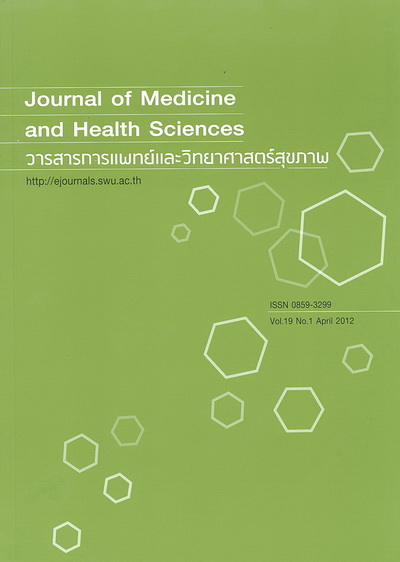Acute kidney injury in a patient presenting with cirrhosis
Keywords:
Acute kidney injury, Cirrhosis, Acute tubular necrosisAbstract
Acute kidney injury (AKI) often occurs in patients with cirrhosis. AKI remains a leading complication and a major cause of death in cirrhotic patients. The common causes of AKI in these patients are prerenal azotemia, acute tubular necrosis (ATN) and hepatorenal syndrome (HRS). Patients with decompensated cirrhosis are susceptible to developing AKI due to the progressive vasodilation leading to relative hypovolemia and decrease in renal blood flow. The AKI is frequently precipitated by events which increase the decline of kidney function or effective circulatory volume such as gastrointestinal hemorrhage, nephrotoxic agents and septicemia. In conclusion, patients with cirrhotic conditions who experience acute onset of azothemia and oliguria, the diagnosis of AKI from ATN or HRS should be considered even though the differentiation of HRS from ATN remains difficult. The prognosis for cirrhotic patient with AKI, therefore, depends an accurate and immediate diagnosis and treatment.Downloads
Published
2012-05-22
Issue
Section
Case Report


